4 tips to reduce noise in open office spaces
The open office space peaked in the 1990s, and quickly employees felt uncomfortable in the workplace, forcing companies to think differently about this open and isolated workspace and look for a way to reduce headaches and stress. The sound created in the office environment.
- Isolate the interior of your workplace acoustically
- Integrate acoustic furniture into your workspace
- Create a zoning plan for your workspaces
- Communicate with your work teams
Today's open office space has progressed well. A proposal of office furniture has been marketed with the aim of equipping the open space, which offers greater acoustic comfort while offering a warmer design and respect for the privacy of each employee in the office.
Research shows that on average, more than half of UK employees (57%) admit that they are dissatisfied with the level of noise produced by other employees and that it bothers them. They also consider the absence of noise and disturbing noises as the third most effective factor in the quality of life in the office.
These numbers indicate that most companies have not yet implemented all the acoustic issues in offices or have ineffectively acted to reduce noise in the office by improving the acoustics of an open space.
In the following, we will offer you some recommendations to create less noise in the office space:
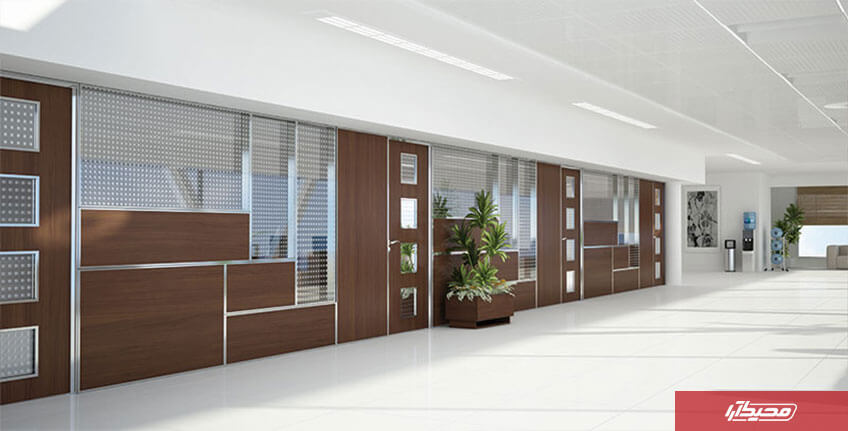
1. Acoustically isolate the interior of your workplace:
Some people think of sound insulation partitions when they hear about sound insulation in the office space. If, apart from the insulation of the walls separating the spaces, there are other acoustic elements that we can minimize the noise of the office environment by creating sound insulation in them.
• Floor sound insulation
The transmission of sound through the floor is the main source of noise in the office environment. To solve this problem, a ready solution is carpeting the office environment with soundproof material. Depending on the density of the material used, it effectively reduces the sound coming from the floor, between 20 and 40 decibels for the most effective carpets. In contrast, PVC or neopan laminate reduces the sound by about 5 dB.
Note that the walls and ceilings reflect and equalize the sound of traffic in a work space with the reverberation effect. Therefore, choosing the right material for the floor is essential.
• Ceiling sound insulation
Although the ceiling is often forgotten, it is very important in managing noise in a space. In fact, noise naturally increases, and if the ceiling is made of sound-reflecting materials, the ambient noise will only increase.
You can place acoustic panels directly on the ceiling to absorb the sound waves of your workplace. The work on the design, shapes and colors of the acoustic panels has been done by different manufacturers to bring more warmth and hospitality to the working environments. Acoustic panels are square or rectangular in shape and must be fixed to the wall or ceiling.
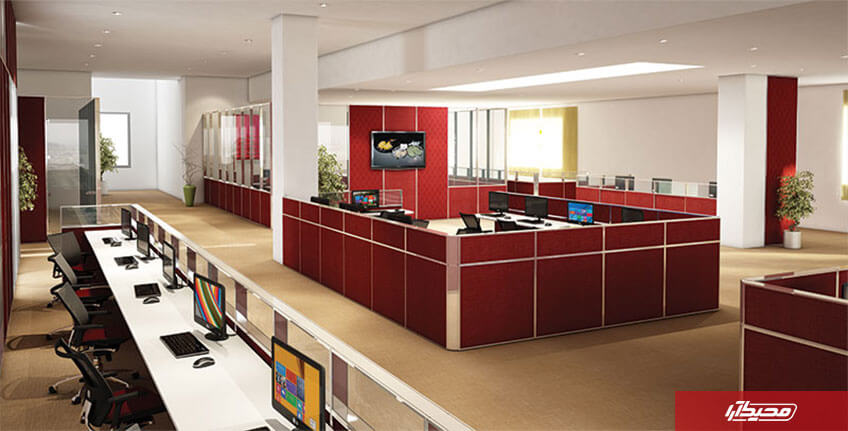
• Wall sound insulation:
The sound that reverberates from the floor and adjacent floors on the walls is related to equipping its walls with noise absorbing panels. Their advantage is that they offer great efficiency in reducing decibels and give the outdoor space a warm feeling due to the wool look and color choice.
One of these panels is the G Circle panel, which is acoustic and is fixed to the wall or ceiling with 100% natural plant moss without the need for maintenance.
2. Integrate acoustic furniture into your workspace:
If you are not allowed to install acoustic panels on walls, ceilings or install carpet on the floor due to budget or company lease reasons, choose acoustic quality furniture directly to reduce noise pollution.
• Standing or wheeled acoustic panels:
These panels are generally self-supporting acoustic partitions that allow framing or separating individual or shared spaces from a noisy location to reduce ambient sound levels. Their advantage is that they are independent furniture that does not need to be installed on the ceiling or wall.
• Acoustic partitions:
Acoustic office partition is excellent for sound insulation against noise. With glass partitions, countless combinations can be created to achieve different sound insulation. In this sense, the thickness of the glass and the different layers that are placed have a great effect on the amount of sound insulation.
For example, using a simple single-wall partition, sound insulation of approximately 32 dB can be achieved. To increase its insulation, we can choose larger crystals or use soundproof double-walled partitions.
Whether attached to the structure of your office, placed or fixed on the work surface, the acoustic partition allows you to absorb the sound waves coming from your office.
For example, turning on a computer increases the sound level of an office by 10 dB. The side or front partition that is placed on the table protects you visually and acoustically from the surrounding environment for optimal comfort and privacy. This partition is placed directly on your desk and is attached to the front or side of the desk. The height of this partition depends on your opinion to create or not to create visual privacy.
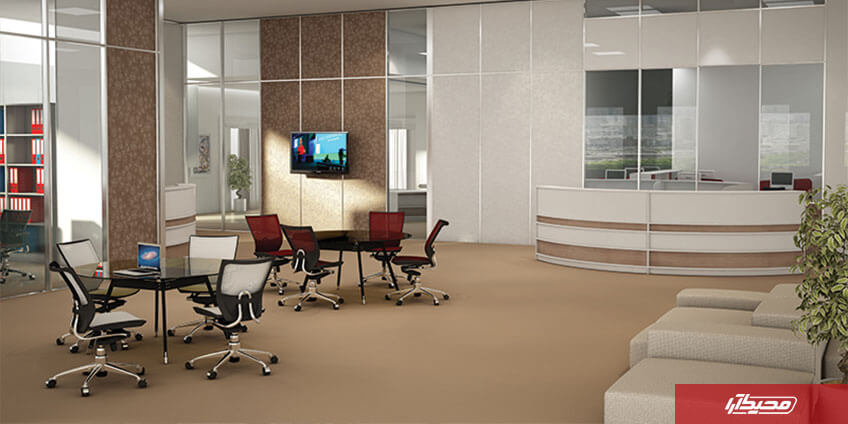
3. Create a zoning plan for your workspaces:
When we talk about open space, we usually think of an open environment that promotes exchanges between employees. In fact, today, office layout specialists talk more about multi-space departments; That is, a multifunctional space that allows employees to move from one department to another according to their needs and the answers provided by each area. For example, on the days when they need to focus, they should be placed in one part of the space, and on the days they collaborate with the sales team, they should be placed in another part of the office space.
This layout style and flexibility It is very suitable for large companies, but always remember to avoid placing offices near sales areas that have a lot of noise, high traffic areas (entrances, corridors that connect strategic points), to limit the peak noise during work. do. As much as possible, implement acoustic partitions between the corridors and the first offices to ensure the comfort of your employees.
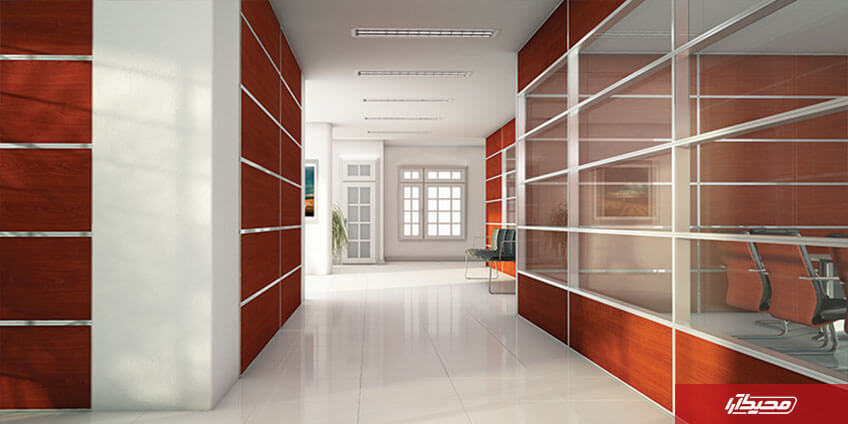
The same is true for the conference room; Your employees should enjoy sound comfort on a regular basis, and if disturbing sounds penetrate outside the conference room, it will disrupt the comfort and concentration of employees. Therefore, it is always recommended to use soundproof partitions for conference rooms. To maintain visual privacy inside the conference room, you can also use a matte or matte partition or a partition with shutter curtains.
In addition to creating areas for exchange, concentration, or silence, make sure you soundproof all computer equipment, especially equipment that has a significant impact on ambient noise.
For example, if your work teams often have to use that equipment and it's not too far from offices, you might surround the printers with sound panels.
4. Communicate with your work teams:
After completing this development project that is intended to limit the noise emission in your work environment, do not forget to communicate and talk with all your employees.
By clearly identifying the different areas, explain your purpose of soundproofing and ask for their cooperation to avoid meetings or discussions in the middle of the workplace as much as possible.
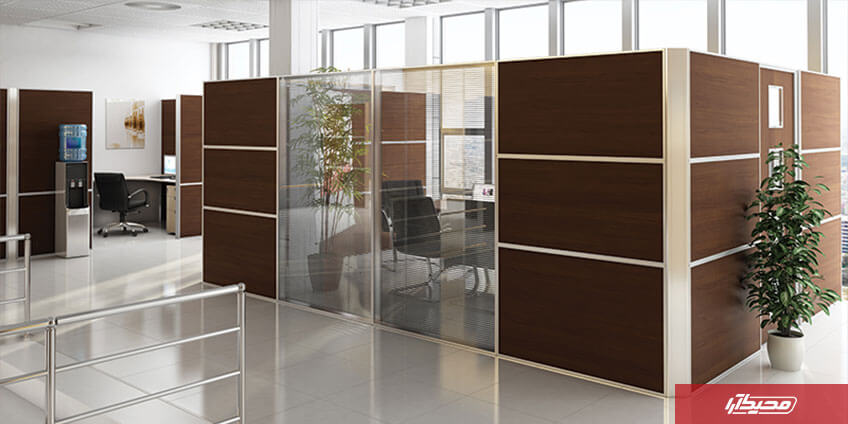
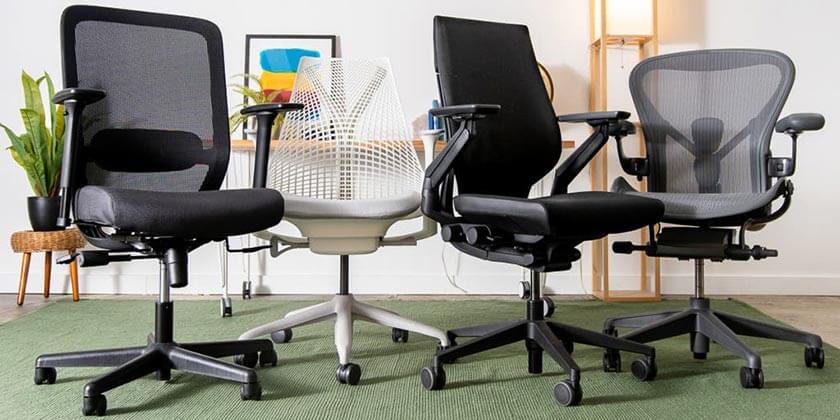
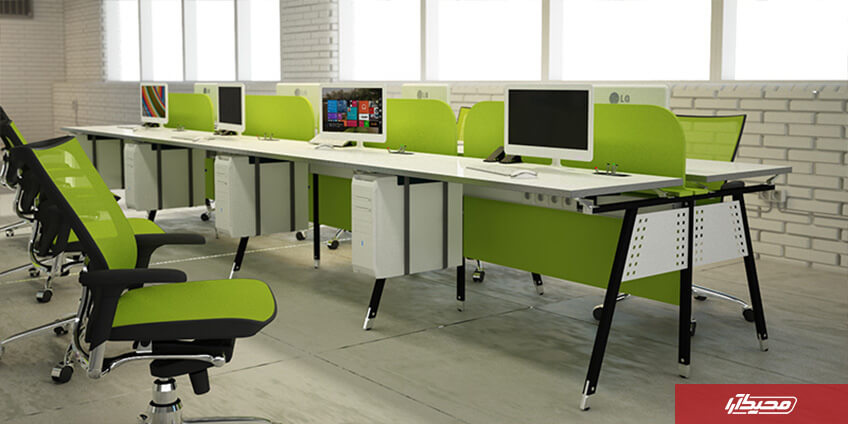

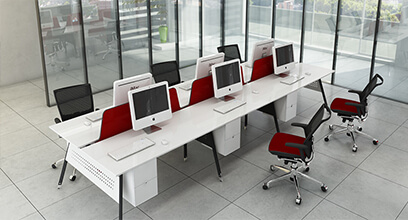
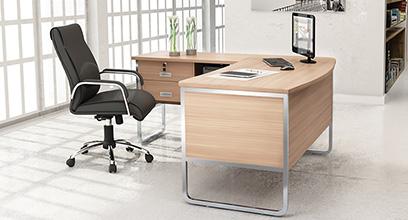
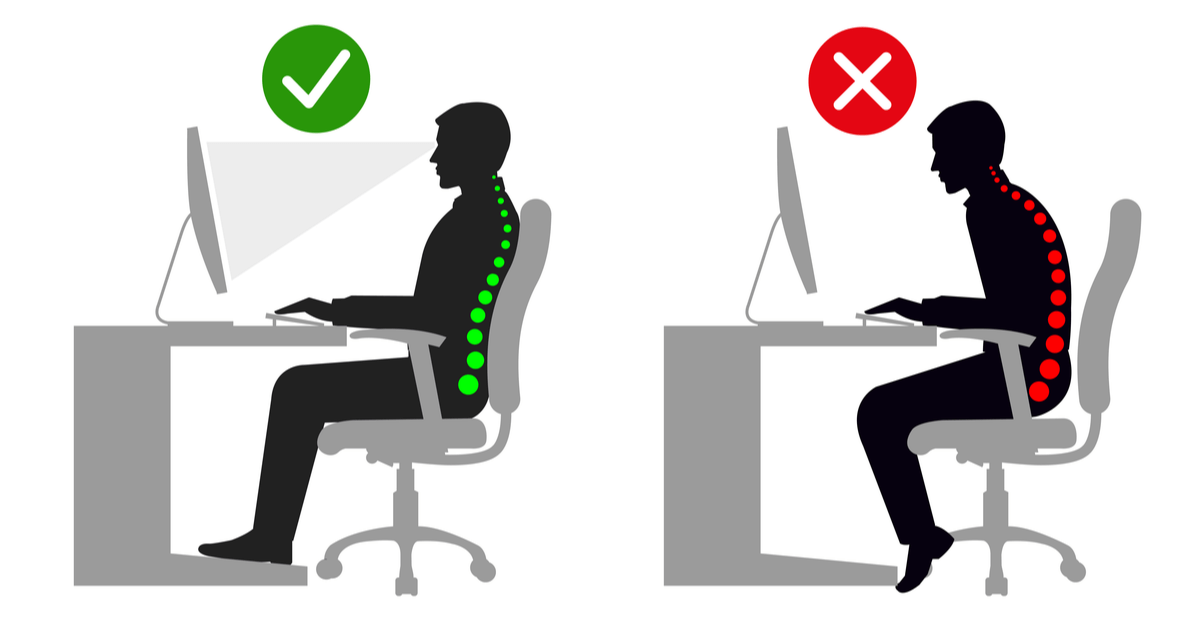
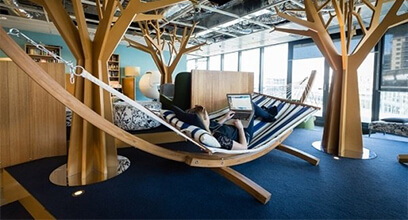
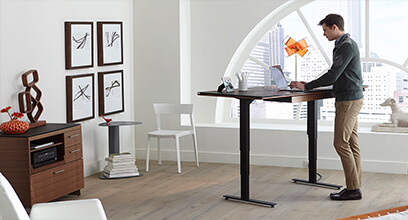
Share